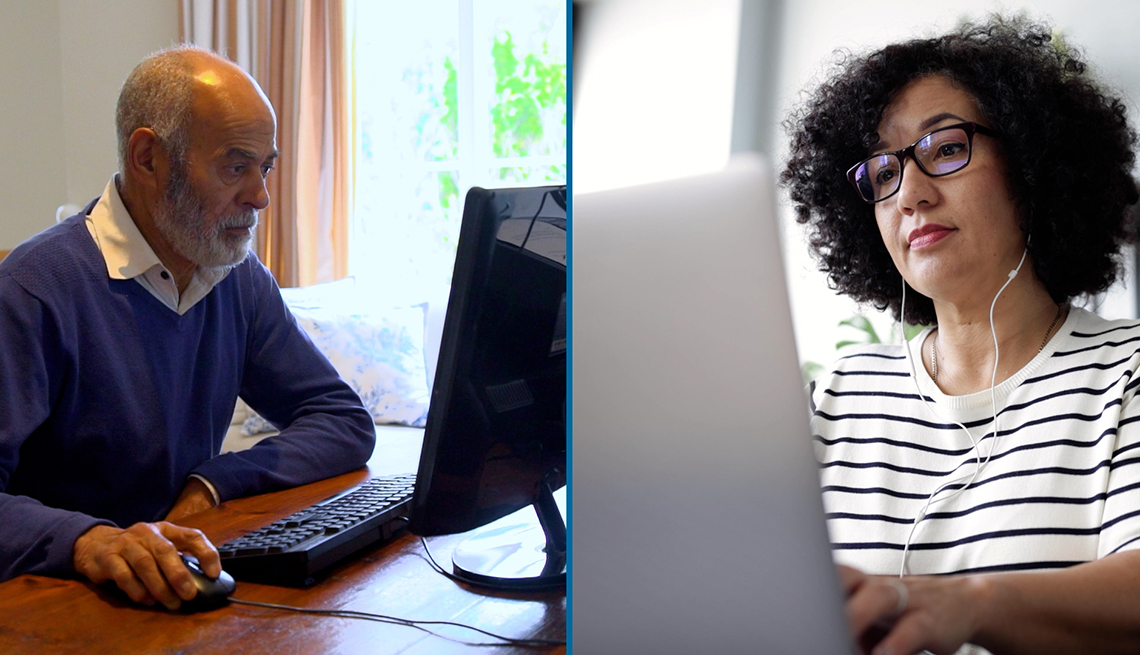
- Select a language for the TTS:
- UK English Female
- UK English Male
- US English Female
- US English Male
- Australian Female
- Australian Male
- Language selected: (auto detect) - EN
Play all audios:
Cast your mind back to Washington DC on January 6, 2021. Was the storming of the Capitol an attempted coup or a noisy protest that turned into a riot? That is the question implicitly posed
by the investigative committee of the House of Representatives which began hearings this week. Much depends on the answer reached by the inquiry; even more on what the American public
decides really happened that day. Of the extreme violence that accompanied the siege there can be no doubt. Officers vividly described their terrifying ordeal at the hands of a murderous
mob. “This is how I’m going to die,” one told the commission. Another recalled having his gun stolen by rioters: “There was a good chance I could have been torn apart or shot to death with
my own weapon,” he testified. Five people died, directly or indirectly, as result of the melée inside and around the Capitol. The failure to defend Congress was almost as shocking as the
assault itself. So far, 550 people have been charged with criminal offences, while multiple civil lawsuits are also pending. The courts have barely begun to process the minor offences; the
more serious cases will probably keep them busy for years. Until verdicts are reached and sentences handed down, it may be too soon to draw firm conclusions about the gravity of these
crimes. So far, nobody has been charged with treason or sedition. One thing is certain: whatever the House committee decides will be hotly contested. The commission, set up by the Speaker,
Nancy Pelosi, is composed of five Democrats but only two Republicans. Both are reviled by their colleagues after the minority party voted to boycott its proceedings. Like the failed
impeachment of Donald Trump that followed immediately after the Capitol riot, this inquiry is seen not only by House Republicans but by their supporters across America as a staged show
trial. They are treating the hearings not as an honest investigation, but as a piece of theatre, intended to criminalise their leadership and marginalise their voices. Conspiracy theorists
are already campaigning on behalf of the “January 6 prisoners”. Less hysterical commentators on the Right concede that what took place that day was appalling. They argue that the evidence so
far, however, suggests that the intentions of the rioters stopped well short of an insurrection, or even of domestic terrorism. This is no doubt true of the vast majority of those who
gathered outside the Capitol to protest at what they saw as a “stolen” presidential election. Some undoubtedly arrived armed and a minority may have conspired to attack members of Congress.
It was only when the inadequacies of the policing of the legislature became obvious that some protesters attempted to force entry — all too successfully, as it turned out. It was only by
great good fortune that legislators escaped unhurt. Does the fact that the invasion of the Capitol was probably opportunistic prove that this was no insurrection? Not necessarily. Some of
the most famous revolutions in history were also opportunistic, from the storming of the Bastille that triggered the French Revolution in 1789 to the assault on the Winter Palace during the
Bolshevik Revolution in 1917. The same applies to failed coups d’état, such as the attempt by far-Right army officers to seize the Spanish parliament, known as “F-23” after its date, 23
February 1981. The Spanish putsch sought to take advantage of a temporary weakness of the newly democratic government, but was thwarted by King Juan Carlos, who went on TV to denounce the
coup leaders. Even the most carefully planned seizure of power always requires two additional elements: opportunity and leadership. In the case of January 6, the role of the then President
Trump is thus crucial. When he addressed some 10,000 protesters outside the White House and urged them to “fight like hell” and march on Congress, did he intend them to interrupt, delay or
even prevent the constitutional procedure to confirm the result of the election? Even if that is not what the President intended, is that what the crowds understood him to be saying? Many
Trump loyalists seem to have believed that their leader was encouraging them to do just that. All that day, his Tweets had urged Republicans to “FIGHT”. He repeatedly misled them about Mike
Pence, his own Vice President, by claiming that his ceremonial Senate role entitled him to “decertify” Joe Biden’s election. “If Vice President @Mike Pence comes through for us, we will win
the Presidency.” Later: “Do it, Mike, this is a time for extreme courage!” Around 2 pm, less than an hour after his incendiary speech, the Capitol was stormed and Pence was hustled out of
the chamber by security. Trump was informed immediately. A few minutes later he tweeted: “Mike Pence didn’t have the courage to do what should have been done to protect our Country and our
Constitution…USA demands the truth!” There is still much we don’t know about what went on in the White House that day, but from these public utterances it is clear that the then President
was actively creating the conditions for a bid to stop the certification of an election he has to this day refused to recognise as legitimate. Trump was demanding that his Vice President act
_ultra vires _and, when it became clear that Pence would not do so, the man who was still Commander in Chief denounced his deputy. He then waited for a crucial quarter of an hour while an
armed mob rampaged through the building, searching for politicians, before belatedly telling rioters to support the Capitol police. Was this simply a protest that got out of hand, or was
POTUS deliberately deploying “ people power” in order to hang on to office? During his impeachment trial, much was made by his lawyers of one tweet: “Stay peaceful!” But this message came
only some 38 minutes after the defences had been breached, by which time the police and FBI had regained control and the interlopers were mostly under arrest. All the damage was done while
those inside and outside the Capitol apparently still believed they had the authority of the President for what they were doing. Trump seems to have been extremely well informed, minute by
minute, of what was happening at the other end of Pennsylvania Avenue. If he is culpable, it is not merely for what he said and did, but also for what he did not say or do. It was left to
others, including the acting Defense Secretary and Pence himself, to authorise the deployment of the National Guard — something that should have happened much earlier. It had indeed been
ordered by Trump himself the previous summer, in response to a Black Lives Matter demonstration that was, by comparison, quite peaceful. The fact that POTUS refused to take emergency
measures to protect the US Congress speaks volumes. The violent occupation of the Capitol took place in real time before the disbelieving eyes of the world. If this was not an attempt to set
aside the Constitution, intimidate legislators and overturn the result of a democratic election, then it certainly looked like one. However the majority of Americans and the world
eventually decide to see the events of January 6, they are unlikely to play it down, let alone to exonerate Trump. Hence as long as the Republicans, once known as the “Grand Old Party”,
remain in thrall to the former President, they will effectively render themselves beyond the pale.







